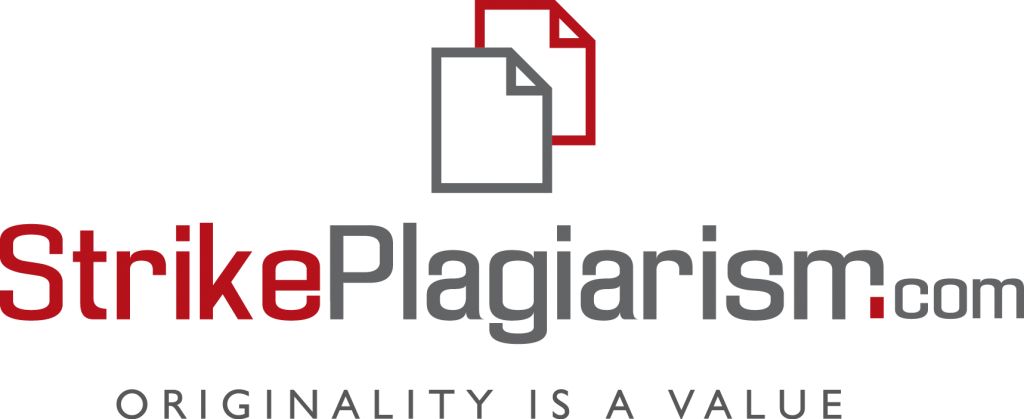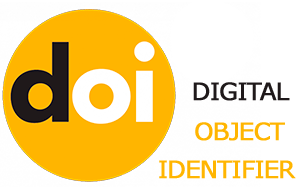THE ROLE OF TAX POLICY IN FORMING MODERN HR APPROACHES IN IT COMPANIES
DOI:
https://doi.org/10.32689/2523-4536/77-15Keywords:
tax innovations, HRM optimization, human resources management, IT companies, human resources policyAbstract
This study examines the transformative impact of innovative taxation strategies on human resource management in information technology companies. Its significance lies in the imperative for businesses to reduce tax liabilities while investing in talent development and operational efficiency. The primary objective is to clarify the relationship between optimized tax policies and HR effectiveness, focusing on improvements in employee retention, motivation, and productivity. Employing a comprehensive methodology that integrates quantitative analysis, comparative evaluation, and synthesis, the research scrutinizes various tax models—including traditional employment contracts, simplified regimes for individual entrepreneurs, and emerging gig contract frameworks such as those implemented under Diia City. Findings indicate that companies adopting innovative fiscal strategies achieve significant cost reductions, enabling the reallocation of funds toward advanced HR initiatives and technological enhancements, thereby fostering continuous improvement and competitiveness. Moreover, the integration of tax optimization measures contributes to a more flexible and adaptive organizational structure, which is critical in today's dynamic economic and regulatory environment. Nevertheless, challenges remain in balancing fiscal benefits against risks such as social insecurity, increased employee turnover, and the complexities of managing hybrid employment models. Overall, while tax optimization offers substantial advantages in cost efficiency and resource reallocation, it necessitates the development of robust HR strategies to mitigate inherent risks and ensure long-term workforce stability. The practical implications of this research provide a strategic blueprint for business leaders and policymakers seeking to align tax policy with human capital management, ultimately contributing to sustainable growth and enhanced competitiveness in the global marketplace. Furthermore, this research highlights the importance of creating synergistic relationships between financial optimization and human-centered workplace practices. Future studies should explore longitudinal outcomes of these strategies across diverse industry sectors and regulatory frameworks to establish more comprehensive best practices for the evolving digital economy.
References
Ukraine Tech Industry 2022: IT Exports Volume, Talent Pool and More (огляд звіту IT Ukraine Association). Rinf.tech 2022. URL: https://www.rinf.tech/ukraine-it-industry-2022/ (дата звернення: 15.02.2025).
Кількість айтівців-ФОПів за рік зросла на 32 тисячі, або на 13%. Finbalance: веб-сайт. URL: https://finbalance.com.ua/news/kilkist-aytivtsiv-fopiv-za-rik-zrosla-na-32-tisyachi-abo-na-13 (дата звернення: 10.02.2025).
Жахалов Я. У 2024 році резиденти Дія City сплатили 18 млрд гривень податків. Скільки всього резидентів. DOU.ua: веб-сайт. URL: https://dou.ua/lenta/news/taxes-from-residents-diia-city/ (дата звернення: 10.02.2025).
Яковець Т. Оптимізація податкового навантаження підприємства: законодавчі передумови в контексті європейського досвіду. Економіка та суспільство. 2021. № 31. DOI: https://doi.org/10.32782/2524-0072/2021-31-60
Реверенда Н., Смірнов С., Харатон І. Особливості управління персоналом підприємств ІТ-сфери. Економіка та суспільство. 2024. № 62. DOI: https://doi.org/10.32782/2524-0072/2024-62-80
Живко З.Б., Родченко С.С. Податкове навантаження: сутність, методи вимірювання та оцінка рівня. Економічний простір. 2020. № 158. С. 86–90. DOI: https://doi.org/10.32782/2224-6282/158-4
Желєзнова Д., Юрчишена Л. Механізм оптимізації податкового навантаження в системі корпоративного податкового менеджменту. Фінанси, облік, банки. 2018. № 1(23). С. 60–68. DOI: https://doi.org/10.31558/2307-2296.2018.1.8
Огреніч Ю., Меняйло В., Забєліна Д. Податкове планування та прогнозування на підприємствах: теоретико-методичні засади, особливості та напрями вдосконалення. Сталий розвиток економіки. 2024. № 4(51). С. 104–112. DOI: https://doi.org/10.32782/2308-1988/2024-51-4
Зміни для ІТ: частина платіжних аспектів. Ligazakon: веб-сайт. URL: https://jurliga.ligazakon.net/ru/analitycs/215365_t-galuz-pd-chas-vyni-dyacity-opodatkuvannya-fop-robota-za-kordonom (дата звернення: 20.02.2025).
Rinf.tech. (2022). Ukraine Tech Industry 2022: IT Exports Volume, Talent Pool and More. Available at: https://www.rinf.tech/ukraine-it-industry-2022/ (accessed February 15, 2025).
Finbalance. (2023). Kilkist aityvtsiv-FOPiv za rik zrosla na 32 tysiachi, abo na 13% [The number of IT specialists-individual entrepreneurs increased by 32 thousand, or 13% during the year]. Available at: https://finbalance.com.ua/news/kilkist-aytivtsiv-fopiv-za-rik-zrosla-na-32-tisyachi-abo-na-13 (accessed February 10, 2025).
Zhakhalov, Ya. (2024). U 2024 rotsi rezydenty Diia City splatyly 18 mlrd hryven podatkiv. Skilky vsoho rezydentiv [In 2024, Diia City residents paid 18 billion hryvnias in taxes. Total number of residents]. DOU.ua. Available at: https://dou.ua/lenta/news/taxes-from-residents-diia-city/ (accessed February 10, 2025).
Yakovets, T. (2021). Optymizatsiia podatkovoho navantazhennia pidpryiemstva: zakonodavchi peredumovy v konteksti yevropeiskoho dosvidu [Optimization of the tax burden of the enterprise: legislative prerequisites in the context of European experience]. Ekonomika ta suspilstvo, vol. 31. DOI: https://doi.org/10.32782/2524-0072/2021-31-60
Reverenda, N., Smirnov, S., & Kharaton, I. (2024). Osoblyvosti upravlinnia personalom pidpryiemstv IT-sfery [Features of personnel management of IT enterprises]. Ekonomika ta suspilstvo, vol. 62. DOI: https://doi.org/10.32782/2524-0072/2024-62-80
Zhyvko, Z. B., & Rodchenko, S. S. (2020). Podatkove navantazhennia: sutnist, metody vymiriuvannia ta otsinka rivnia [Tax burden: essence, measurement methods and level assessment]. Ekonomichnyi prostir, vol. 158, pp. 86–90. DOI: https://doi.org/10.32782/2224-6282/158-4
Zhelieznova, D., & Yurchyshena, L. (2018). Mekhanizm optymizatsii podatkovoho navantazhennia v systemi korporatyvnoho podatkovoho menedzhmentu [Mechanism of tax burden optimization in the corporate tax management system]. Finansy, oblik, banky, vol. 1(23), pp. 60–68. DOI: https://doi.org/10.31558/2307-2296.2018.1.8
Ohrenich, Yu., Meniailo, V., & Zabielina, D. (2024). Podatkove planuvannia ta prohnozuvannia na pidpryiemstvakh: teoretyko-metodychni zasady, osoblyvosti ta napriamy vdoskonalennia [Tax planning and forecasting at enterprises: theoretical and methodological principles, features and directions of improvement]. Stalyi rozvytok ekonomiky, vol. 4(51), pp. 104–112. DOI: https://doi.org/10.32782/2308-1988/2024-51-4
Ligazakon. (n.d.). Zminy dlia IT: chastyna platizhnykh aspektiv [Changes for IT: part of payment aspects]. Available at: https://jurliga.ligazakon.net/ru/analitycs/215365_t-galuz-pd-chas-vyni-dyacity-opodatkuvannya-fop-robota-za-kordonom (accessed February 20б 2025).









